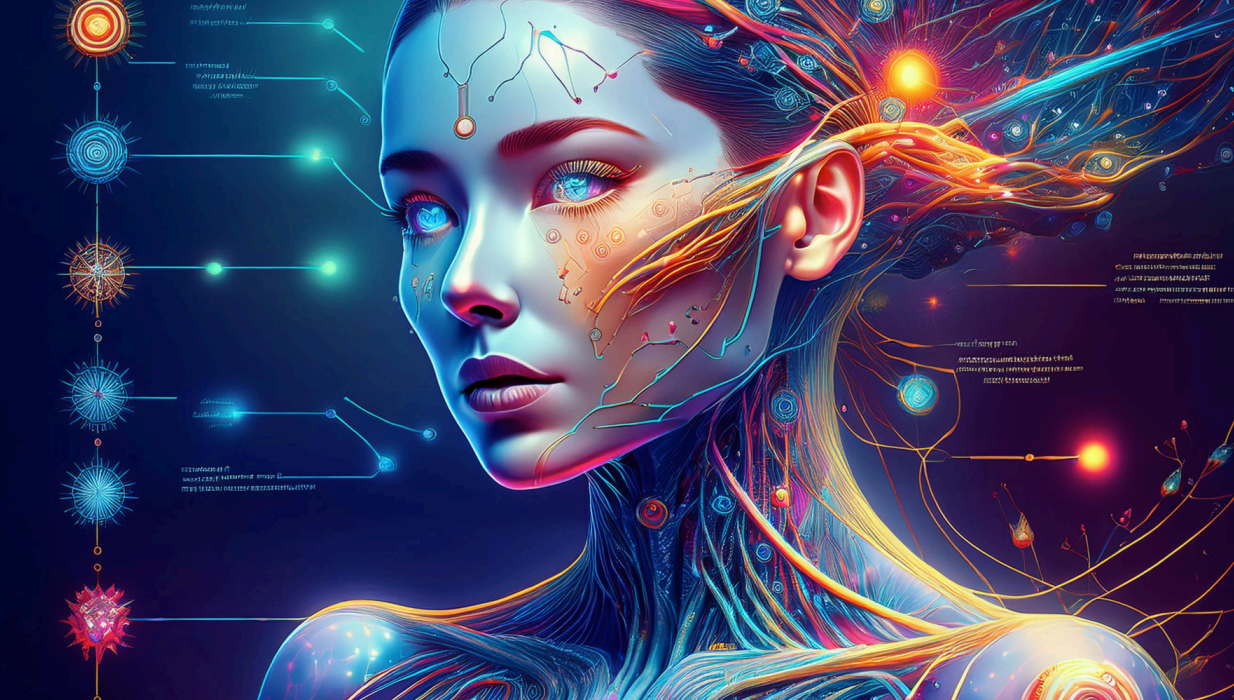Artificial Intelligence (AI) is not new, and yet is much older than we think.
Humanity has been busy building machines that help us automate work, to do things faster and better, more effortlessly, for millennia.
While the oldest known example of analogue computing dates to the 2nd century BC with the Antikythera engine, a hand-powered mechanism used to model the solar system, it was Alan Turing the first credited with conducting research in the field. He named it “Machine Intelligence”.

AI as an academic discipline was however founded later. In 1956 during a summer workshop at Dartmouth University, John McCarthy, Marvin Minsky, Nathaniel Rochester, and Claude Shannon, the founding fathers of AI, coined the term.
In short, the goal of AI is to build an alter-ego of a human being. A system that thinks, acts and behaves in-distinctively from us. In short, that exhibits intelligence, right.
Anyhow, what does it mean “to behave intelligently”?
Behaving intelligently involves the ability to acquire new information and combine it with existing knowledge to derive a course of action intended to achieve a specific goal. This could range from answering, or not, a question, to emotionally comforting a person, or deciding what book to read next.
Please note the intentional use of the words information and knowledge in the sentence above, as it is the fact that am not using the word data, also not wisdom. All those words are and mean very different things despite the often-interchangeable use by public. We will leave that, however, also for a different post.
Intelligent behavior, therefore, requires abstraction, logical reasoning, understanding, self-awareness, learning, emotional knowledge, reasoning, planning, creativity, critical thinking, and problem-solving.
We will also not go into this now, but if you agree with the previous, you will also,
eventually agree, that Generative AI (GenAI) is not really that intelligent, despite the current hype. Far from it. At least not yet, and for sure, not in the current shape and form, and most definitely not based on the current tech stack. More on this, also, on a follow up post.
Because intelligence builds on so many cognitive and emotional abilities and skills, AI is necessarily, at least on its ultimate form, an interdisciplinary field. It encompasses not only Computer Science, but also Mathematics, Psychology, Philosophy, Neuroscience, Engineering, Economics and Linguistics.
It follows, and mostly for practical reasons, that the field of AI has been broadly divided into General AI and Narrow AI. General AI is intended to match and eventually surpass human cognitive capabilities. This is, as discussed above, the ultimate reason for existence of AI. Attaining this goal, meaning exhibiting intelligent behavior, is however extremely dificult. And no, AI will not take over the world, at least not in an intentional way.
Since incremental progress still produces tremendous value, existing applications squarely fall within Narrow AI. This sub-category of AI is significantly more limited inscope. It aims at excelling in performing simpler and narrower tasks, such as reading your retina, playing chess, AlphaGo for that matter, or steering a wheel of an autonomous car at the right time. ChatGPT and LLMs are also examples of Narrow AI.
The foundation has been established. Let’s deep dive into how the field Computer Science approaches AI.
First things first. Unlike the general believe, AI is not just Machine Learning or GenAI. And for sure the terms Machine Learning, GenAI and AI must not be used interchangeably. This would be the equivalent to saying that Bonds, Stocks and Financial Instruments are one and the same thing. Good luck with that.
As any other scientific discipline Computer Scientist have broken the space into several complementary areas. These include Knowledge Representation, Automated Reasoning, Natural Language Processing (NLP), Perception, Robotics and last, but surely not least, Machine Learning, and GenAI.
Some of them, like Machine Learning or GenAI find their roots on the field of Statistics, a branch of Mathematics. While others, such Knowledge Representation and Automated Reasoning are based on Logic, one of the oldest and most foundational branches of Mathematics, and Philosophy for that matter.
We can draw now a very simple, yet powerful parallel. Let us map each one of these AI areas to parts of our body that ultimately enable us to behave intelligently.

Perception – eyes, nose, skin, ears, tongue – our senses in general, help us acquire new information. Our brain facilitates the processing of those stimuli, which combined with existing knowledge – Knowledge Representation – enable us to derive new facts – Reasoning – and ultimately a course of action to achieve the desired objective. Should that require interaction with the physical world, our skeleton and muscles, corresponding with Robotics, would put it to action. Should the goal also require verbal interaction, GenAI would help us produce the needed grammatically correct language, NLP would then come in place to verbalize it adding the relevant text-to-speech interface.
Symbolic AI (SymAI) is often referred as Classic AI, or Good Old Fashion AI (GOFAI). The flip side of is known as Sub-symbolic in academic forums, or simply Non-Symbolic AI.
Beyond the divergent approaches regarding the mathematical foundation, the other most salient differentiating aspect refers to how SymAI and GenAI represents problems. SymAI uses explicit symbols (i.e. human readable), such as formal methods and programming languages. In contrast, Non-Symbolic AI relies on neural networks. Finally, SymAI does not suffer from explainability issues and is more accurate, however, is less scalable as it is harder to maintain.
SymAI and GenAI both excel in some areas and lack in others. That is why there is an increasing interest in the research and commercial world, mostly in Europe, to combine both approaches. The newborn discipline has been termed Neuro-Symbolic AI, for now, and holds the promise to, if not realize General AI, bring us real close to it. Of course, once we understand what consciousness is and solve for sentience.